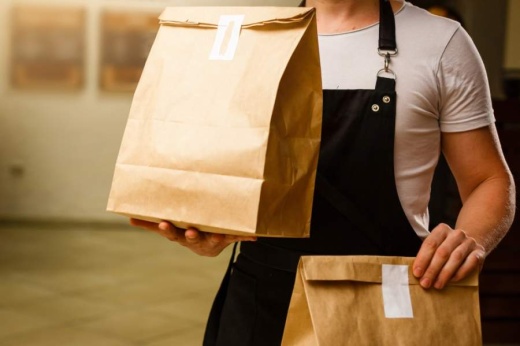“When [Harris County Judge Lina Hidalgo] instituted the stay-at-home order March 24, it was with the understanding that we would be flattening the curve,” he said. “And then once we had flattened the curve, a couple of weeks beyond that, we could begin talking about reopening. We’re at that point.”
Since mid- to late-March, only sectors of the economy considered essential—such as energy, government, health care, transportation and financial services—have been operational.
Based on data from the Texas Medical Center, the number of daily new coronavirus cases in the Greater Houston area peaked April 10. Hospitalizations, ventilator usage and ICU occupancy due to the virus have also for the most part been trending downward since around April 10, Harvey said.
More than two weeks after this peak, Gov. Greg Abbott announced April 27 his plan to gradually open businesses such as restaurants and retailers that have been closed for several weeks due to the pandemic.
This includes in-store retail services, dine-in restaurant services, movie theaters, shopping malls, museums and libraries being able to operate at no more than 25% occupancy starting May 1. While Abbott encouraged Texans to support these entities, his order also says they should continue to minimize social gatherings and in-person contact except when necessary.
“There is a clear implication that those that are able to telework—those that are able to do their job without going into the office—should continue to do so,” Harvey said.
Should Texas continue to report a decreasing rate of new cases over the next two weeks, Abbott is expected to allow these businesses to increase occupancy to 50% and expand the list of businesses permitted to operate beginning in mid-May.
Harvey said the GHP has been planning to help Houstonians safely return to work for the last several weeks in anticipation of this order and has developed 15 guidelines for the business community:
- Allow all but critical on-site employees to work from home.
- Create a safe work environment for all critical on-site employees—this includes creating physical separation, closing communal spaces and expanding cleaning operations.
- Require sick workers to stay home and adjust paid sick leave policies.
- Encourage proper hygiene.
- Apply industry best practices in reopening operations.
- Employ virtual meeting technology and restrict in-person meetings.
- Create alternate work teams.
- Restrict on-site access for guests and visitors.
- Restrict work-related travel and require reporting of personal travel.
- Eliminate crowding.
- Decrease physical contact.
- Require personal protective equipment for employees and customers.
- Develop health checks.
- Deploy internal contact tracing protocols.
- Establish anonymous reporting.
“The shock to the system that closing has would—if having to be absorbed a second time—would have real severe impacts for those businesses,” Landin said.
Harvey said businesses must communicate to their customers that they are adhering to safety guidelines, and customers will decide whether they feel safe patronizing businesses in person again based on their first experience back in a restaurant or store.
“There's a set of customers who are dying to get back into a restaurant; there’s customers who are dying to get back into a retail environment,” he said. “I think there are others who are going to hang back for a while and see what happens, see what others do.”





